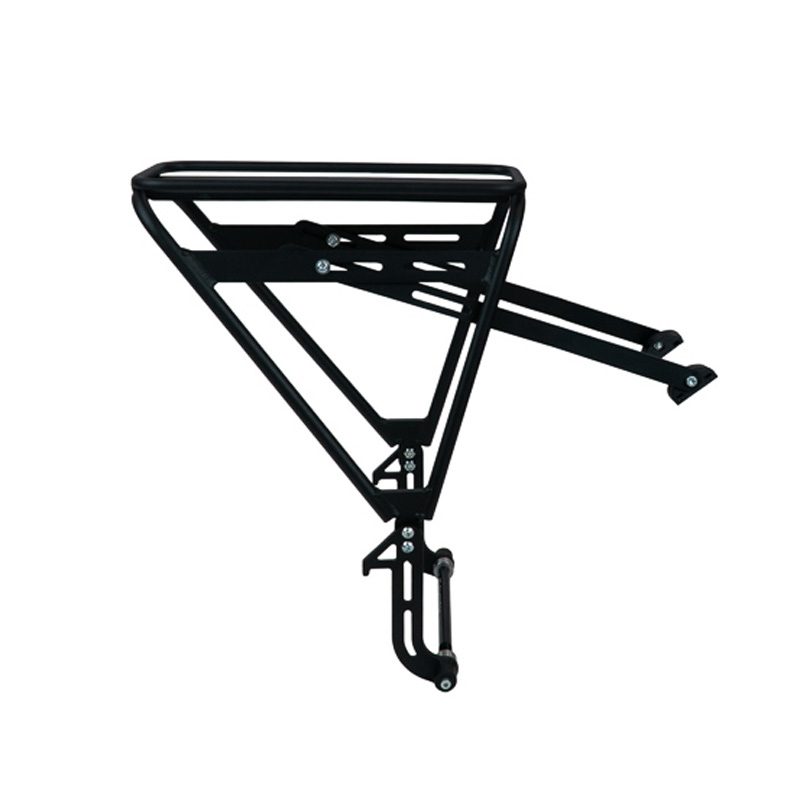steve mercier
Well-Known Member
Oh certainly more comfortable for that child you have apparently kidnapped. I cannot find any weight capacity ratings for either type of the R+M racks. Which one would you say is rated for heavier loads?You are far more likely to get you eggs home from the grocery store if your rack is suspended. Your kid riding on a bike seat will be safer and more comfortable as wellView attachment 51632
Last edited:
